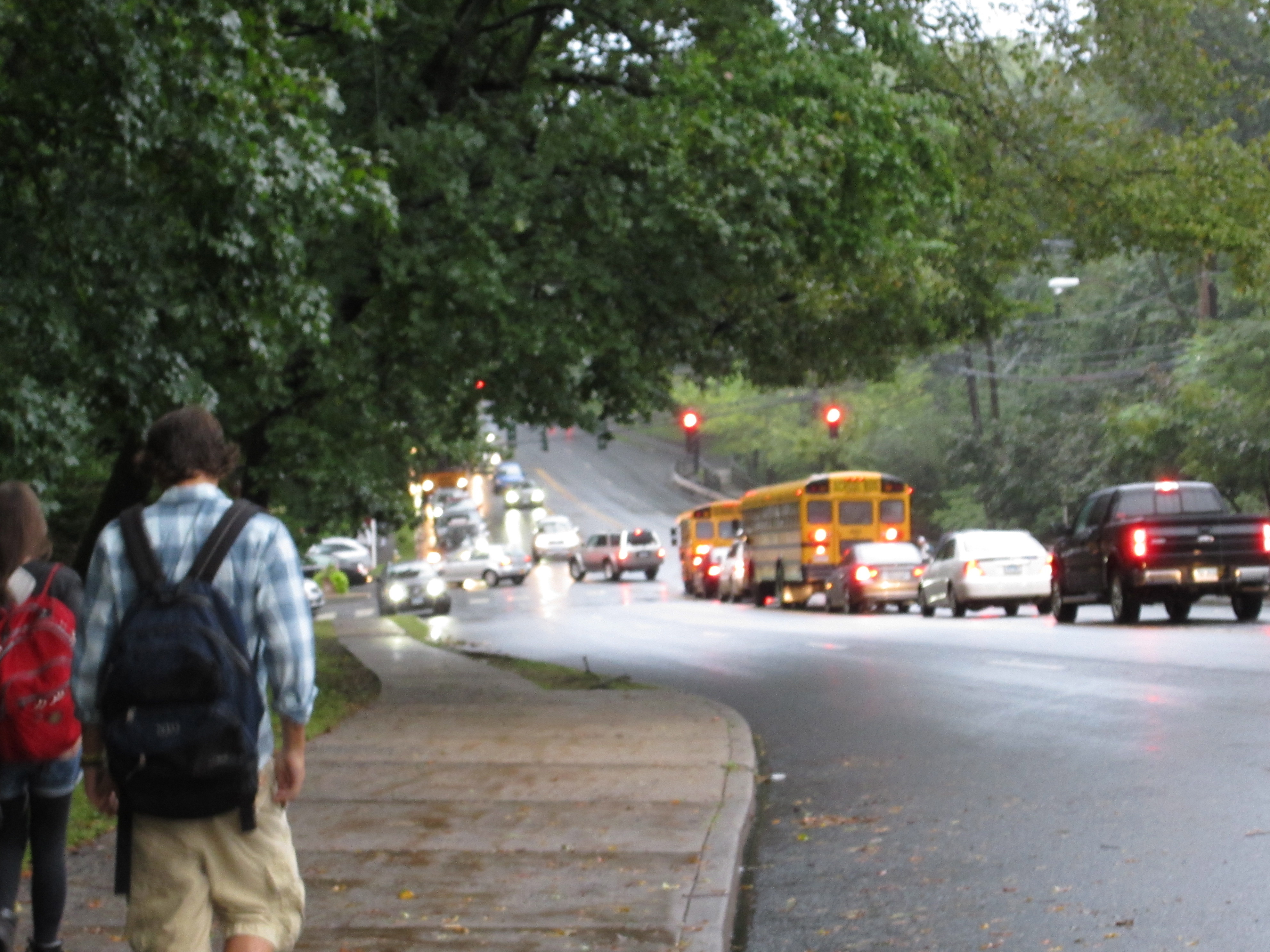 By Diane Ferber, Director of the Collaborative Group for Learning and Development at Greenwich Education Group
By Diane Ferber, Director of the Collaborative Group for Learning and Development at Greenwich Education Group
Because many of the common school-year stressors may be absent during the warmer months, the more relaxed summer season presents an excellent opportunity for children, teens and young adults to address anxiety issues away from the academic “crisis mode.”
Summer Brings Its Own Challenges
When the school year ends, elementary and pre-teen school children often find themselves faced with the prospect of keeping themselves occupied. High school students, who may be too old for camp and too young to work, start looking for activities. College students who find themselves back in the house after nine months of being away and answering only to themselves, are now suddenly living within the constraints of “family rules.”
A Natural Human Reaction
Stress and anxiety are facts of life, and some stress actually helps us perform better. The earlier we can teach our children to understand and cope, the better they will be able to deal with increasing levels of change as they mature. Children need to recognize anxiety feelings in themselves and understand that they are natural reactions to ever-changing situations in life.
A child’s life is filled with constant change, from new milestones to difficult challenges.
These changes can include new schools; evolving friendships; emotional and physical changes; increasing expectations, requirements and responsibilities; peer and achievement pressures; and adjustments to a more linked-in and fast-moving world.
Not every child is developmentally or emotionally ready for the challenges that arrive, and over the last few years there has been a noticeable increase in student anxiety from the earliest elementary grades through college.
Prevalence Of Anxiety
Anxiety is a common reaction to stress; and according to the Anxiety And Depression Association of America, it is a normal and common part of childhood. At the same time, rather than help them cope, anxiety can sometimes interfere with children’s ability to navigate their daily world. This can occur episodically, due to a specific life change, or it can become chronic.
A national study of adolescent mental health reported by the National Institute of Mental Health revealed that about 1 in 10 of teens 13 to 18 have anxiety that qualifies as an “anxiety disorder” with symptoms commonly emerging around age 6. Yet of these, only 18% received mental health care.
Finding Ways To Cope
Ferber explains that while anxiety can be reflected in younger children by somatic complaints such as, “My head (or stomach) hurts,” all children may react to anxiety with behavior changes such as a difficulty in focusing, changes in eating and sleep patterns, irritability, and loss of interest in once-preferred people, activities and places.
Children need to know that it is normal for everyone at some point to face challenges, and that talking it through with someone who can coach them and support their efforts is a common and effective coping mechanism.
Sometimes it may be someone who they already know and trust. Other times it can involve working with a trained professional. Also, becoming part of a group of peers facing similar challenges may be the answer.
The Collaborative Group for Learning and Development at Greenwich Education Group offers group and individual therapy sessions on a variety of topics with trained Clinical and School Psychologists who can help children, adolescents and young adult tackle many trying issues in a positive, creative and dynamic way.
Please contact Diane Ferber at [email protected] o